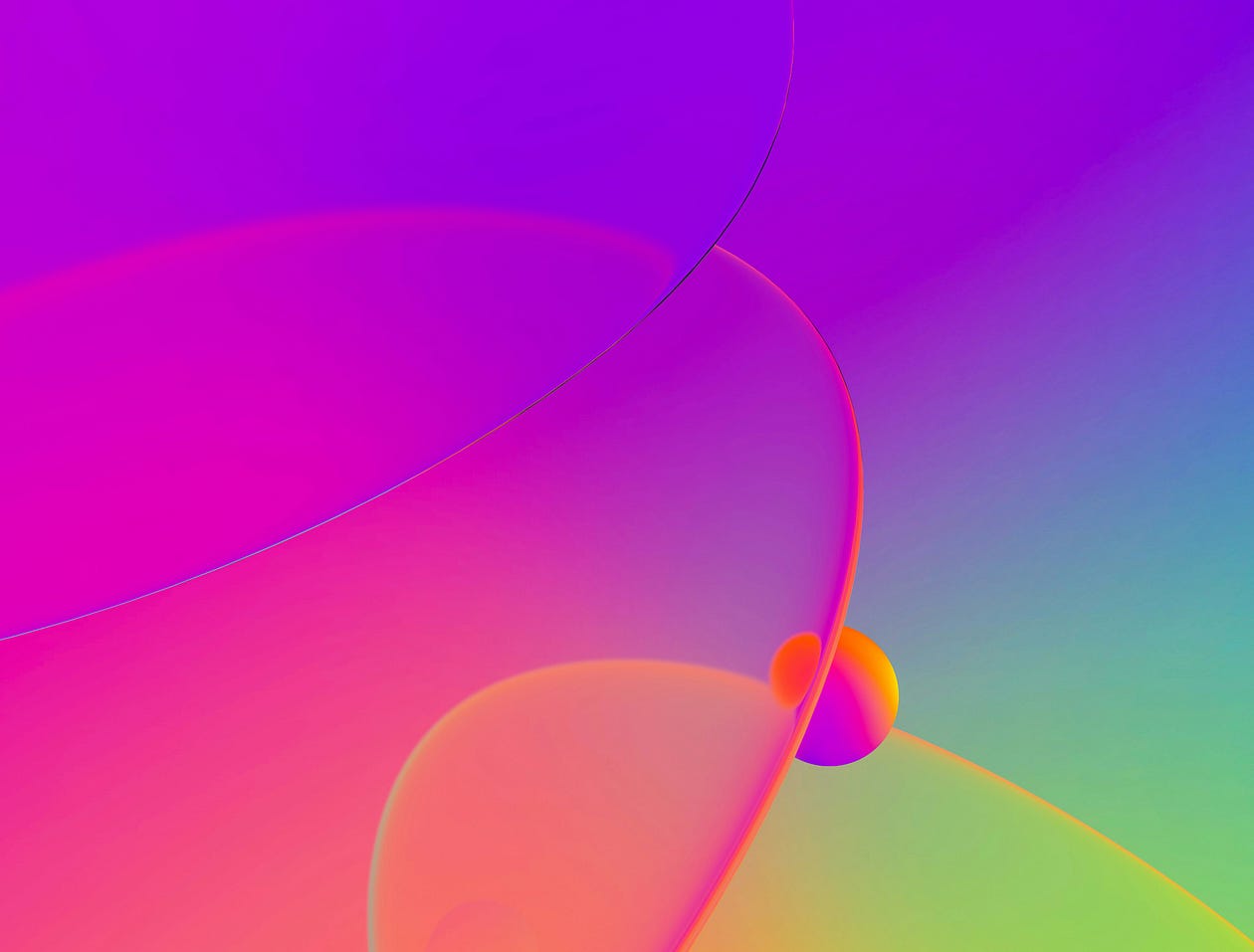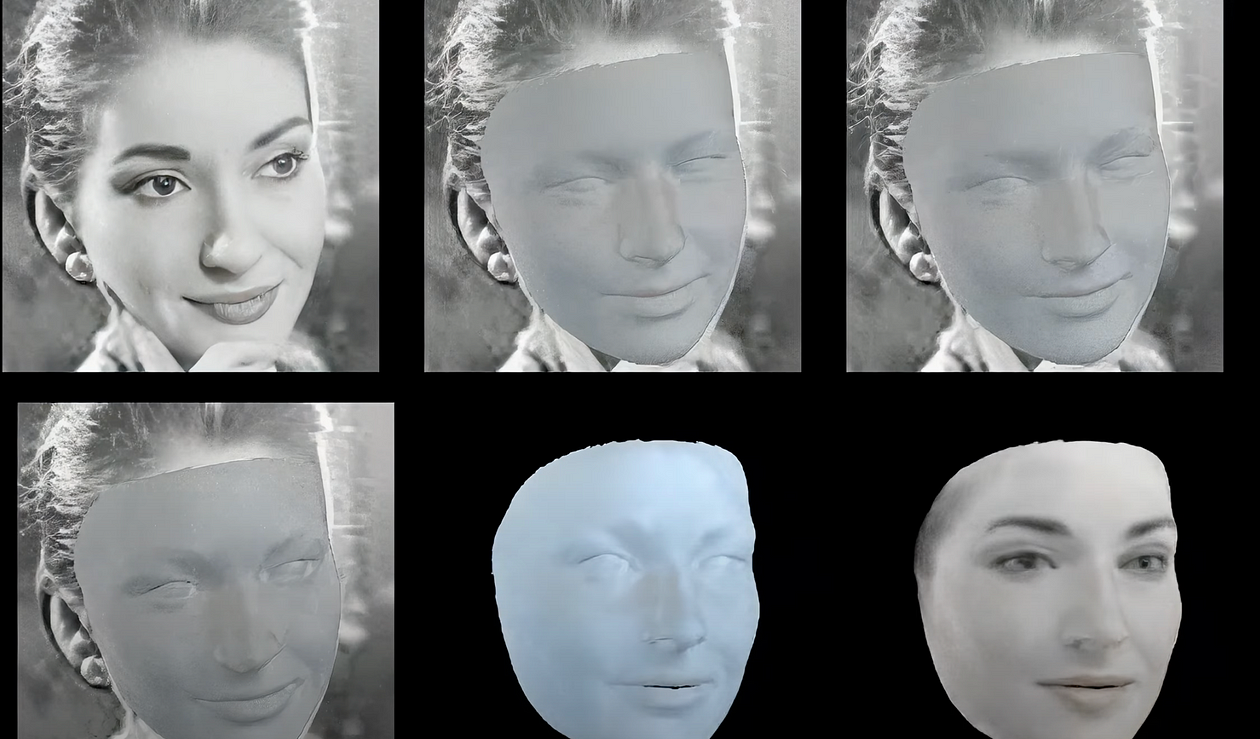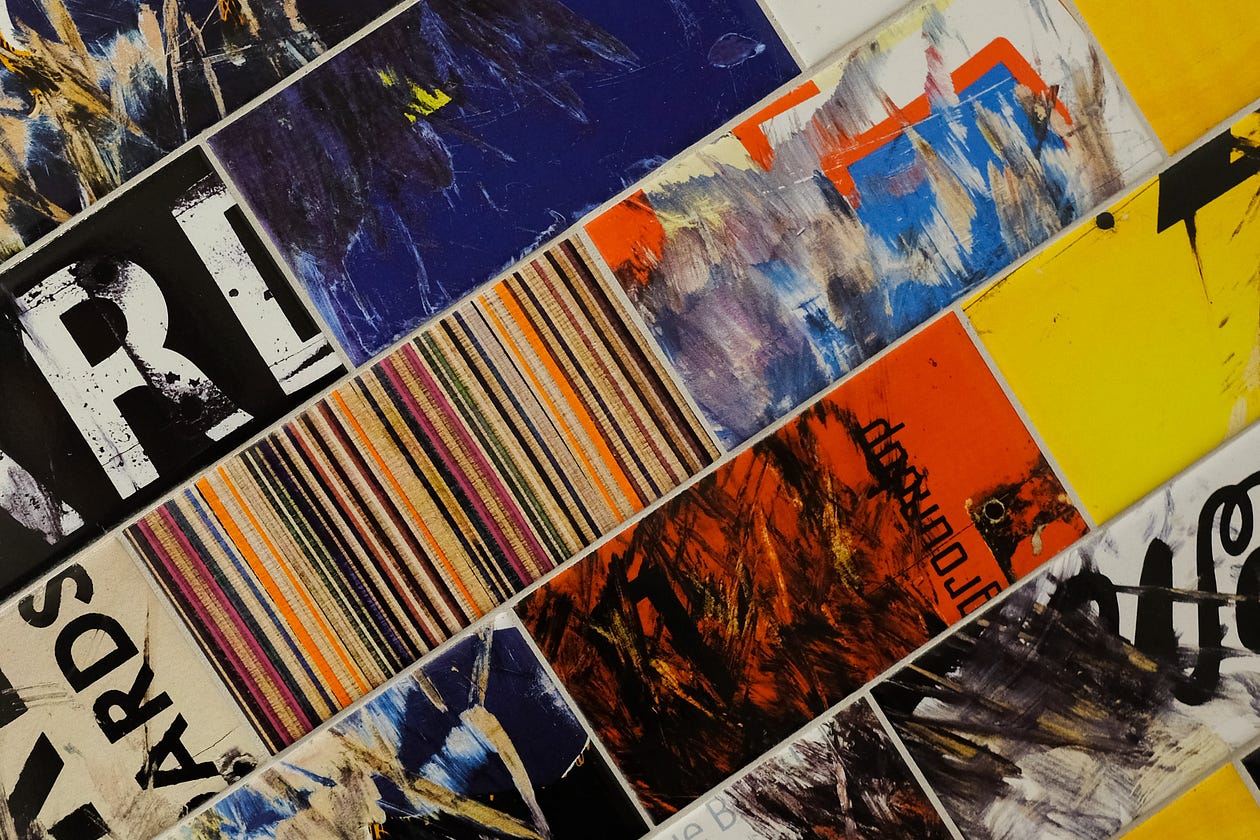
The Guardian asked if art produced by artificial intelligence could create the aura of a Leonardo da Vinci painting. Aura is a strange term to use when the article discusses technology and intellectual property rather than essence and how the historical importance or grandness can affect subject and object interaction. This aura affects the viewer when we see the original Mona Lisa because of centuries of historical opinion on its importance to human creativity and culture. Who knows if a piece of art created by AI will have the same effect when the technology is so new? Perhaps return to this article in two hundred years’ time.
For Walter Benjamin, the art of mechanical reproduction diminishes the aura of the actual object and the replica produced is void of aura from the original artifact. The authenticity of an object is tied to centuries of tradition and ritual. The authenticity of an artifact possesses an aura and there are experiences and engagement with the original artifact that transcends objectness and conveys an aura. The work loses its aura on reproduction.
In art terms, imagine seeing the original Mona Lisa painting on grand display at the Louvre and compare your experience with holding a postcard reproduction in your hand. The art looks the same but it isn’t the same because the way it is perceived and viewed is not the same. The original has decades of historians building up its value and importance. Compare also seeing the Pyramids in Egypt to seeing a photograph of them in a book. The experience is different.
One step further is a 21st-century comparison of being in the presence of your flesh-and-bone mother and comparing her real-life presence to a photograph of her or an AI replica viewed on an app. What is our perception of human agency presented on different communication and representation devices?
In my work as a portrait artist and filmmaker, I explore how technology and narrative are used to create the essence of the subject. In its clearest form, a painting or a photograph of a person posing, smiling, or using props can convey a sense of who the subject is, and a documentary film can explore in more detail a visual autobiography of someone’s life. The trend of death technology using artificial intelligence to create and maintain the essence of a loved one after death exploded last year with companies like Storyfile and Hereafter AI hitting consumers in a post-Covid world when living our lives through video conferencing and smartphone apps is the norm.
Photography and AI
Lensa is an AI-driven image generator that produces cosmetically enhanced selfies. Now anyone can produce professional-looking images with no training. Great for amateurs but what does it mean for professionals? A recent San Francisco Ballet poster was created by Midjourney for the visual campaign of The Nutcracker, along with thirty human artists that created images in the style of specific artists.
Shutterstock uses users’ pics to train Meta AI. The company extended its partnership with Meta and utilized users’ pictures to train Meta AI. Shutterstock is to provide Meta content for the group’s investment in AI and use datasets from Shutterstock to train Meta’s machine learning capabilities. They say creatives will be compensated but don’t go into the details. Content that uses their IP is created and licensed by customers. AI generators are trained by data sets containing millions of user images or photographs. Adobe was also exposed for using customer files for AI datasets without consent and compensation and asked customers to opt-in.
In a recent Twitter statement that echoes similarities with Victorian painters about the impending juggernaut of photography, The Society of Illustrators says that it:
“opposes commercial use of artificially manufactured images.”
Images created by the graphic novelist Kris Kashtanova, who used Midjourney AI, have lost their copyright application because the artwork was created by a machine. The creator of Zarya of the Dawn disagrees with the decision. The Copyright Office said that her images:
“are not the product of human authorship”
and therefore cannot be copyrighted. Kashtanova said it was an expression of her creativity and therefore copyrightable. But in a turnaround on March 16, the US Copyright Office stated that AI-assisted works could now be eligible for copyright protection. Expect that decision to flip-flop.
AI Revolution
A group of MIT Google men has compared the revolution of the Enlightenment Period in 17th-century Europe to the AI revolution, declaring it an:
“intellectual revolution.”
And argued that:
“When coupled with human reason, stands to be a more powerful means of discovery than human reason alone.”
ChatGPT works by drawing connections and patterns between sources and primary texts. It’s a new kind of thinking but how is this part of human evolution when it is machine-based? History is about human advancement. AI is part of that as a creation by humans but when AI creates without human intervention then it can not be compared to the Enlightenment Period.
AI Research
According to MIT Technology Review, new research into AI generative practices has found that AI models can produce identifiable photos of real people and thereby threaten privacy, copyright, and security. Researchers from Google, UC Berkley, DeepMind, Pointtech, and ETH Zurich, gathered their results by populating Google’s Imagen and Stable Diffusion with image captions such as a person’s name. The results were analyzed to detect if any generated images matched the original images from the model’s vast database. The research group found 100 replica images from the AI training set.
Data sets are scraped from the internet, changing one pixel at a time until the original image is a group of random pixels. The AI model revises this process and turns the group of pixels into a new image. This research is the first of its kind to prove that AI models memorize images in training sets. This creates enormous privacy concerns for government and public agencies and healthcare because the AI systems risk leaking private information.
Safeguards are needed to prevent privacy and security infringement but are anyone surprised by the results of this research? It’s just another example of tech companies rushing innovations to consumers and addressing the fallout after the problem.
Elon Musk and an Open Letter
No wonder big tech influencers like Elon Musk and Steve Wozniak have signed an open letter with 1100 industry experts, expressing their concerns over the speed of AI disrupting society. Fueled by ChatGPT’s ability to wipe out the careers of writers and even expressing dystopian concerns for the end of humanity and the:
“loss of control of our civilization.”
The letter asked to pause training new systems that are more powerful than GPT-4 for six months. There were additional concerns about its ability to fuel propaganda, fake news, and dismantle security. The break would be used to develop safety protocols and suggest AI developers work in collaboration with policymakers to develop new laws and regulations around AI and AI research.
GPT-4 and Open AI were released with much fan fair and enthusiasm which soon deteriorated once the potential to replace human jobs and creativity was realized.
Digital Artists
Digital artists are pushing back against AI generative systems. Using the hashtag # No To AI Art, artists protesting against AI-generated images state that these systems are using artist work without compensation and permission. The campaign started last December and is gaining momentum. Visual artist and Bulgarian illustrator, Alexander Nanitchkov sent out the hashtag #notoaiart to highlight the digital art platform Artstation’s refusal to protect artists from AI scraping.
Getty Images is suing Stability AI for IP breach rights. Dutch artist @the.art.fish likened it to stealing music and compared it to the case against Limewire in 2010 when the music platform was found guilty of copyright infringement.
The London Photographers Gallery Instagram page was criticized for posting AI generative art with overwhelmingly negative comments about the true meaning of photography. Mattie Dagani Rio AI generative art series Los Santa’s was posted on the gallery’s site. Photographer Tomas Russi commented:
“ in the process of generating an image with AI, there is no act of drawing, there is no light in the process, it’s just a bunch of 1s and 0s which depends on the work of real photographers whose images are used without permission.”
Photographers struggle to get recognition and be recognized. Defenders say it’s like Photography and painting in 1822. But is it the Same?
Biometrics
Facial recognition technology is stealing dead people’s pictures, a glaringly obvious problem I predicted months ago. PimEyes is a face search engine that crawls the web to help users monitor their online presence. The facial scanner was found to be populating its database with images of the dead, and according to Wired, scraping digital memorial images from the website ancestry.com without permission. PimEyes say that it was unintentional and has blocked their crawlers from the ancestry.com website and deleted the images.
Doesn’t anyone test anything? This example is much in line with generative AI companies racing to get their technology out to the world without testing, see previous Medium article. Apart from copyright and IP concerns it has created a big storm of AI ethical repercussions when using sensitive and personal data information without consent. Thankfully there are privacy advocates and watchdogs but few limits exist for facial recognition engines and the privacy of the deceased. More regulation is needed and EU law forbids pictures of dead people where they have a privacy interest for the living.
Exhibition
“Sorry for Killing Most of Humanity.”
A San Francisco exhibition explores the dangers of AI at the Misalignment Museum temporary pop-up exhibit which is running until May 1st. “The concept of the museum is that we are in a post-apocalyptic world where artificial intelligence has already destroyed most of humanity,” said curator, Audrey Kim. On show is an AI generative dialogue between philosopher Slavo Zizek and filmmaker Werner Herzog called “Infinite Conversations.” There’s a mediation on deep fakes, images sound, and video that manipulates and impersonates disinformation weapons online. The temporary exhibition is about the future of AI and how it is a warning to what science fiction films and literature have been predicting all along.
AI creates images from brain scans. AI reads brain scans and recreates images, like a picture of our thoughts and dreams. Using Stable Diffusion, text-to-image generative AI, the Japanese researchers added training sets that linked text descriptions to brain patterns when observed by participants in brain scan studies. Incorporating photo captions into the algorithm incorporating textual and visual information to “decipher the brain,” according to cognitive neuroscientist, Ariel Goldstein at Princeton University, who was not connected to the study. Dream images.
At the South by Southwest panel, the Entertainment Industry Coalition released 7 principles to support human creativity. The coalition of music industry organizations joined together for core principles to protect authorship, IP, and copyright. On a panel named, Welcome to the Machine: Art in the Age of AI, developers’ licenses for artistic works, creative interests, and policymakers issues were discussed.
I came across a new term in Petapixel. A Synthographer is a mashup of Synthesis and Photographer and is used to describe artists creating digital media from AI generators. I am sure there are other terms we can think of…
Open AI’s cofounder Greg Brockman stated that generative AI is an:
“amplification of what humans can do.”
I think it’s heartbreaking that humans are destroying the natural world and tech entrepreneurs are creating virtual humans and virtual worlds. It is sad to think we are more likely to see a virtual elephant than a real one. And one day we will never leave our homes and we will stop communicating in person.
Ginger Liu is the founder of Ginger Media & Entertainment, a Ph.D. Researcher in artificial intelligence and visual arts media, and an author, journalist, artist, and filmmaker. Listen to the Podcast.







